1)ICKERT‐BOND, Stefanie M., Catarina Rydin, and Susanne S. Renner. “A fossil‐calibrated relaxed clock for Ephedra indicates an Oligocene age for the divergence of Asian and New World clades and Miocene dispersal into South America.” Journal of Systematics and Evolution 47.5 (2009).
2)Bolinder, Kristina, et al. “Pollen morphology of Ephedra (Gnetales) and its evolutionary implications.” Grana 55.1 (2016).
3)Castleman, Michael, and Sheldon Saul Hendler. The healing herbs: The ultimate guide to the curative power of nature’s medicines. Bantam, 1995.
4)Vicziany, Marika. “Ancient Xinjiang at the International Crossroads.” The Cultures of Ancient Xinjiang, Western China: Crossroads of the Silk Roads (2019)
5)Tamada, Mitsuru, Katsuya Endo, and Hiroshi Hikino. “Maokonine, Hypertensive Principle of Ephedra Roots1.” Planta medica 34.07 (1978).
6)Khasbagan, and Soyolt. “Ephedra sinica Stapf (Ephedraceae): the fleshy bracts of seed cones used in Mongolian food and its nutritional components.” Economic Botany (2007).
7)Chevallier, Andrew. “The encyclopedia of medicinal plants.” (1996).
8)Mahdihassan, S., and Fathima Sultana Mehdi. “Soma of the Rigveda and an attempt to identify it.” The American Journal of Chinese Medicine 17.01n02 (1989).
9)Bakels, Cornelia Catharina. “The contents of ceramic vessels in the Bactria-Margiana Archaeological Complex, Turkmenistan.” Electronic Journal of Vedic Studies 9.1 (2003).
10)López, Pilar. “Estudio polínico de seis yacimientos del sureste español.” Trabajos de Prehistoria 45 (1988).
11)Sommer, Jeffrey D. “The Shanidar IV ‘flower burial’: a re-evaluation of Neanderthal burial ritual.” Cambridge Archaeological Journal 9.1 (1999).
12)Baldoni, Marica, et al. “A multidisciplinary approach to investigate the osteobiography of the Roman Imperial population from Muracciola Torresina (Palestrina, Rome, Italy).” Journal of Archaeological Science: Reports 27 (2019).
13)Gismondi, Angelo, et al. “Dental calculus reveals diet habits and medicinal plant use in the Early Medieval Italian population of Colonna.” Journal of Archaeological Science: Reports 20 (2018).
14)Houben, Jan EM. “The Soma-Haoma problem: Introductory overview and observations on the discussion.” Electronic Journal of Vedic Studies (2003).
15)Moon, Sohyeon, and Hee Jung Baik. “Aminophylline and ephedrine, but not flumazenil, inhibit the activity of the excitatory amino acid transporter 3 expressed in xenopus oocytes and reverse the increased activity by propofol.” BioMed Research International 2018 (2018).
16)McMahon, Lance R., and Kathryn A. Cunningham. “Discriminative stimulus effects of (−)-ephedrine in rats: analysis with catecholamine transporter and receptor ligands.” Drug and alcohol dependence 70.3 (2003).
17)Munhall, Adam C., and Steven W. Johnson. “Dopamine-mediated actions of ephedrine in the rat substantia nigra.” Brain research 1069.1 (2006).
18)Yoo, Hee-Jeong, et al. “Effects of ephedrine-containing products on weight loss and lipid profiles: a systematic review and meta-analysis of randomized controlled trials.” Pharmaceuticals 14.11 (2021).
19)Lee, Jisu, Sejun Park, and Yong Ko. “Ephedra Sinica Enhances Thermogenesis of Brown Adipocytes via p53.” 한국약용작물학회 학술대회논문집 25.1 (2017).
20)Dulloo, Abdul G., Josiane Seydoux, and Lucien Girardier. “Potentiation of the thermogenic antiobesity effects of ephedrine by dietary methylxanthines: adenosine antagonism or phosphodiesterase inhibition?.” Metabolism 41.11 (1992).
21)Jonderko, K., and C. Kucio. “Effect of anti‐obesity drugs promoting energy expenditure, yohimbine and ephedrine, on gastric emptying in obese patients.” Alimentary pharmacology & therapeutics 5.4 (1991).
22)Fan, Yanbo, et al. “Effect of extractions from Ephedra sinica Stapf on hyperlipidemia in mice.” Experimental and therapeutic medicine 9.2 (2015).
23)Gad, Mohamed Z., et al. “Over a century since ephedrine discovery: an updated revisit to its pharmacological aspects, functionality and toxicity in comparison to its herbal extracts.” Food & Function 12.20 (2021).
24)Gawin, Frank H. “Drugs and eros: reflections on aphrodisiacs.” Journal of Psychedelic drugs 10.3 (1978).
25)Bouzat, Cecilia. “Ephedrine blocks wild-type and long-lived mutant acetylcholine receptor channels.” Neuroreport 8.1 (1996).
26)Miller, Dennis K., and Ines L. Segert. “Mecamylamine attenuates ephedrine-induced hyperactivity in rats.” Pharmacology Biochemistry and Behavior 81.1 (2005).
27)Herridge, C. F., and M. F. a’Brook. “Ephedrine psychosis.” British Medical Journal 2.5598 (1968).
28)Tonge, Sally R., and B. E. Leonard. “Hallucinogens and non-hallucinogens: a comparison of the effects on 5-hydroxytryptamine and noradrenaline.” Life Sciences (1971).
29)Bowyer, John F., et al. “An evaluation of l-ephedrine neurotoxicity with respect to hyperthermia and caudate/putamen microdialysate levels of ephedrine, dopamine, serotonin, and glutamate.” Toxicological Sciences 55.1 (2000).
30)CHANG, Fuhou, et al. “EFFECTS OF 1-METHYLEPHEDRINE ON DYSMNESIA OF MICE.” ACTA ACADEMIAE MEDICINAE NEIMONGOL (1999).
31)Nakamori, Shunsuke, et al. “Ephedra Herb extract activates/desensitizes transient receptor potential vanilloid 1 and reduces capsaicin-induced pain.” Journal of natural medicines 71.1 (2017).
32)Duan YD, Yang L, Chai CZ, et al. “Effects of the active constituents in herba ephedrae on primary dysmenorrhea in model mice”. World J Integr Tradit West Med, 2018, 13(3).
33)Hyuga, Sumiko, et al. “Ephedrine alkaloids-free Ephedra Herb extract: a safer alternative to ephedra with comparable analgesic, anticancer, and anti-influenza activities.” Journal of natural medicines 70.3 (2016).
34)Jo, Eun-Hee, et al. “Effects of Ephedra sinica (ES) Extract on the Ovalbumin-Induced Allergid Asthma in Mice.” The Journal of Korean Medicine Ophthalmology and Otolaryngology and Dermatology 27.3 (2014).
35)Huang, Xiu-Fang, et al. “A network pharmacology-based strategy for predicting anti-inflammatory targets of ephedra in treating asthma.” International immunopharmacology 83 (2020).
36)Levy, P. P. “Ephedrine in Prevention of Serum Sickness.” Bull. Acad. Med. 109 (1933).
37)Kuang, Haixue, et al. “Screening and comparison of the immunosuppressive activities of polysaccharides from the stems of Ephedra sinica Stapf.” Carbohydrate Polymers 83.2 (2011).
38)Xia, Yonggang, et al. “Optimum extraction of acidic polysaccharides from the stems of Ephedra sinica Stapf by Box–Behnken statistical design and its anti-complement activity.” Carbohydrate Polymers 84.1 (2011).
39)Kim, Ik-Soo, et al. “Ephedrannin A and B from roots of Ephedra sinica inhibit lipopolysaccharide-induced inflammatory mediators by suppressing nuclear factor-κB activation in RAW 264.7 macrophages.” International immunopharmacology 10.12 (2010.
40)Shuang-Man, M. I. A. O., et al. “A review of the phytochemistry and pharmacological activities of Ephedra herb.” Chinese journal of natural medicines 18.5 (2020).
41)Liao, F., et al. “Exploration on influencing mechanism of different processing methods on main functions of Mahuang [J].” West J TCM 28.8 (2015).
42)Tamada, Mitsuru, Katsuya Endo, and Hiroshi Hikino. “Maokonine, Hypertensive Principle of Ephedra Roots1.” Planta medica 34.07 (1978).
43)Hikino, Hiroshi, et al. “Hypotensive actions of ephedradines, macrocyclic spermine alkaloids of Ephedra roots.” Planta medica 48.08 (1983).
44)YANG, Yan-fang, et al. “Experimental study on the hypotensive effect of Ephedra root extracts on the spontaneously hypertensive rats.” Chinese Journal of Hospital Pharmacy (2010).
45)Kim, Wonnam, et al. “Ephedra sinica Stapf and gypsum attenuates heat-induced hypothalamic inflammation in mice.” Toxins 12.1 (2019).
46)Wang YH, Wang QH, Xia YG, et al. “Pharmacological evaluation of the nature and taste of Ephedra chemical separation components–preparation of chemically resolved components and their antipyretic effects”. Information TCM, 2011.
47)Naguib, K., et al. “Prevention of post-operative nausea and vomiting following laparoscopic surgery–ephedrine vs propofol.” Middle East Journal of Anaesthesiology 14.4 (1998).
48)Jeong, Hyang-Suk, et al. “Enhancement of Anticancer Activities of Ephedra sinica Stapf Extracts by Nano-encapsulation.” Korean Journal of Medicinal Crop Science 18.3 (2010).
49)Chen, Dan, et al. “Anti-tumor effects of ephedrine and Anisodamine on Skbr3 human breast Cancer cell line.” African Journal of Traditional, Complementary and Alternative Medicines 13.1 (2016).
50)Oshima, Naohiro. “Efficient Preparation of Ephedrine Alkaloids-free Ephedra Herb Extract and Its Antitumor Effect and Putative Marker Compound.” Yakugaku Zasshi: Journal of the Pharmaceutical Society of Japan 137.2 (2017).
51)Xu, Haiyan, et al. “Hepato-protective effects and chemical constituents of a bioactive fraction of the traditional compound medicine-Gurigumu-7.” BMC complementary and alternative medicine 16.1 (2016).
52)Deabes, Mohamed M., et al. “Antiviral, Antifungal, and Antibacterial Potential Activities of Ephedra Sinica in Vitro.” Jordan Journal of Biological Sciences 13.3 (2020).
53)Xia, Shujie, et al. “The important herbal pair for the treatment of COVID-19 and its possible mechanisms.” Chinese Medicine 16.1 (2021).
54)Gao, Kai, Yan-Ping Song, and Anna Song. “Exploring active ingredients and function mechanisms of Ephedra-bitter almond for prevention and treatment of Corona virus disease 2019 (COVID-19) based on network pharmacology.” BioData mining 13.1 (2020).
55)Deabes, Mohamed M., et al. “Antiviral, Antifungal, and Antibacterial Potential Activities of Ephedra Sinica in Vitro.” Jordan Journal of Biological Sciences 13.3 (2020).
56)Duan, Kang-Fei, et al. “Non-ephedrine constituents from the herbaceous stems of Ephedra sinica.” Fitoterapia 153 (2021).
57)Zang, Xinyu, et al. “A-type proanthocyanidins from the stems of Ephedra sinica (Ephedraceae) and their antimicrobial activities.” Molecules 18.5 (2013).
58)Zhao, Yanling, et al. “Microcalorimetry with correspondence analysis for studying the antibacterial effect of ephedrine on Escherichia coli.” Thermochimica Acta 557 (2013).
59)Tulgar, Serkan, Elcin Akduman Alasehir, and Onur Selvi. “The antimicrobial activity of ephedrine and admixture of ephedrine and propofol: an in vitro study.” Revista Brasileira de Anestesiologia 68 (2018).
60)Gad, Mohamed Z., et al. “Over a century since ephedrine discovery: an updated revisit to its pharmacological aspects, functionality and toxicity in comparison to its herbal extracts.” Food & Function 12.20 (2021).
61)Feng, Q., et al. “Accumulative trends of ephedrine and pesudoephedrine in Ephedra sinica.” Zhong yao cai= Zhongyaocai= Journal of Chinese Medicinal Materials 20.8 (1997).

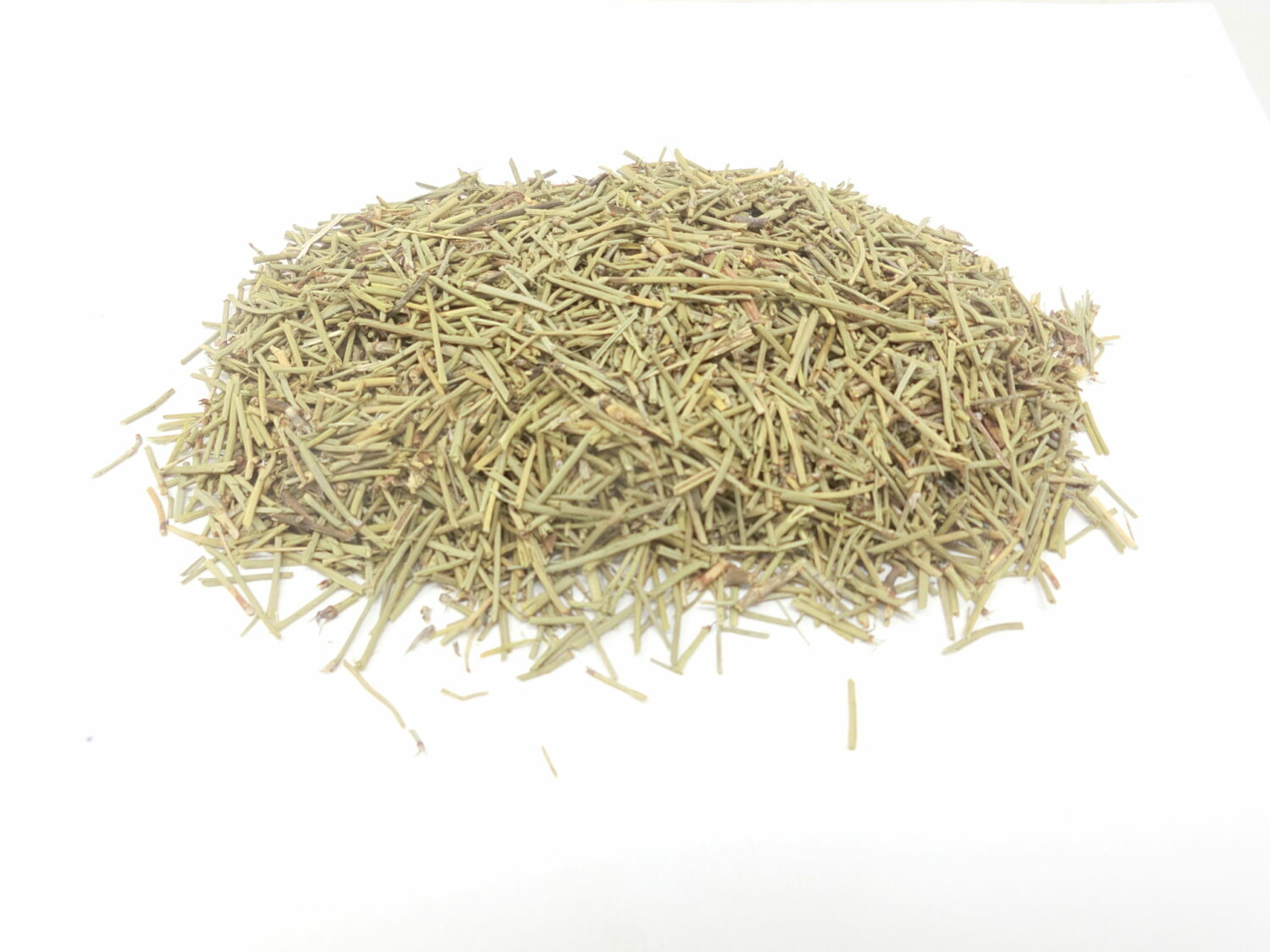
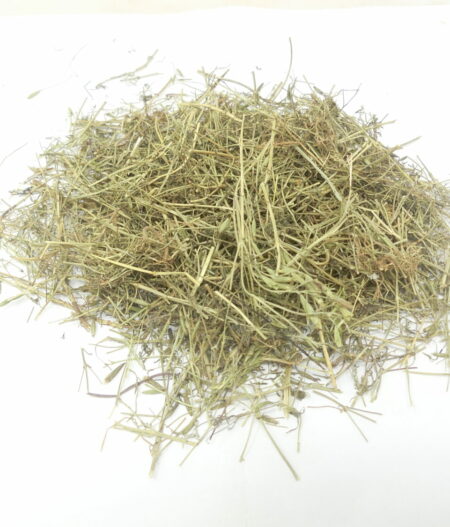
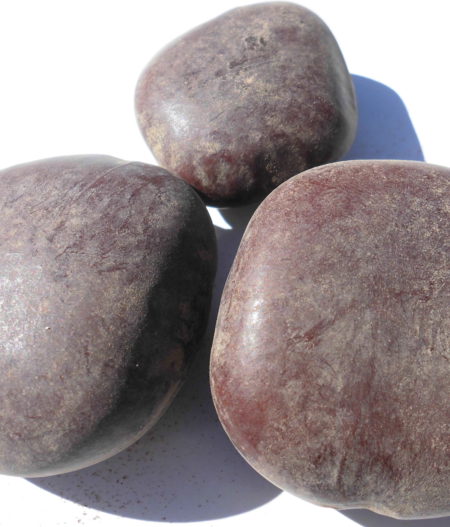
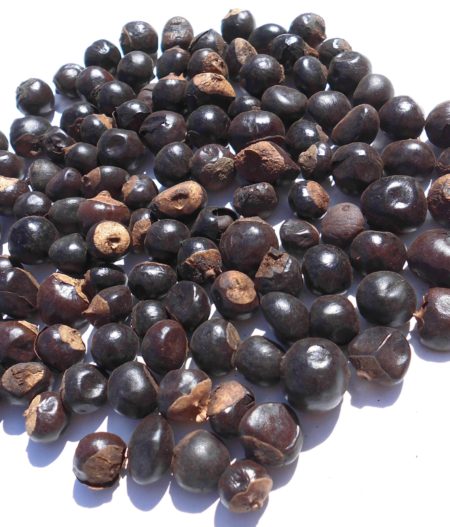
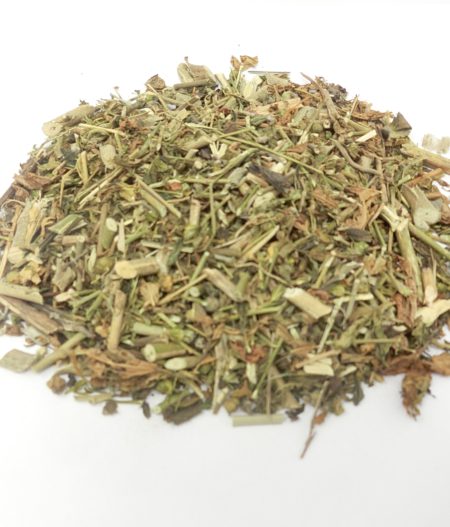
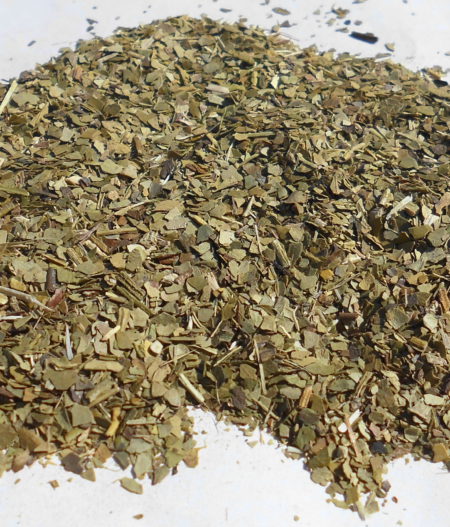
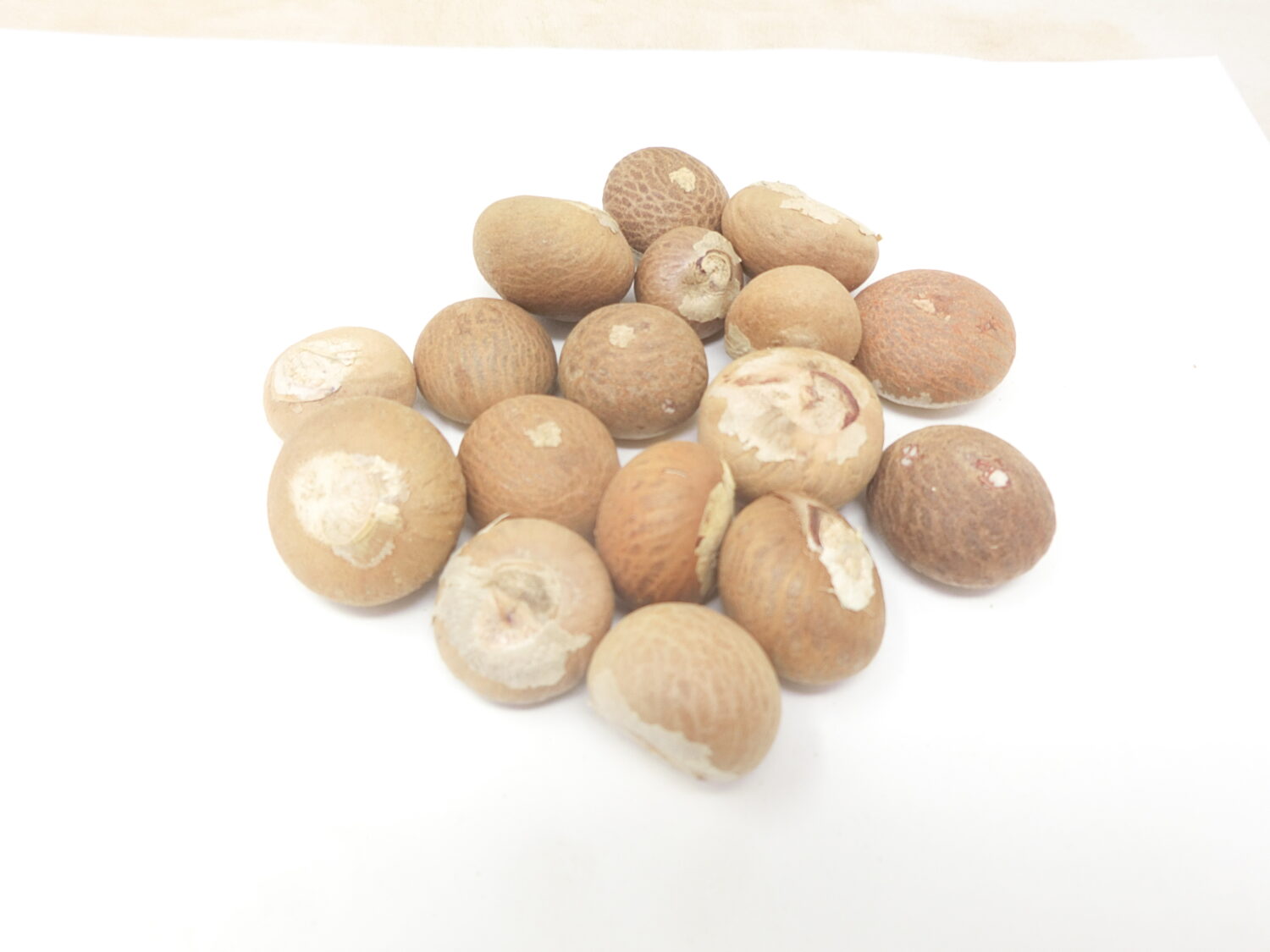
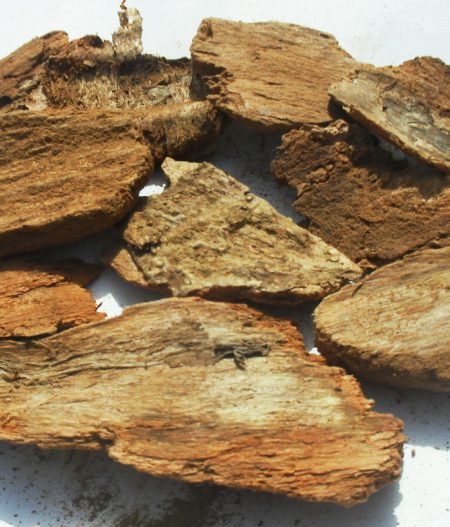
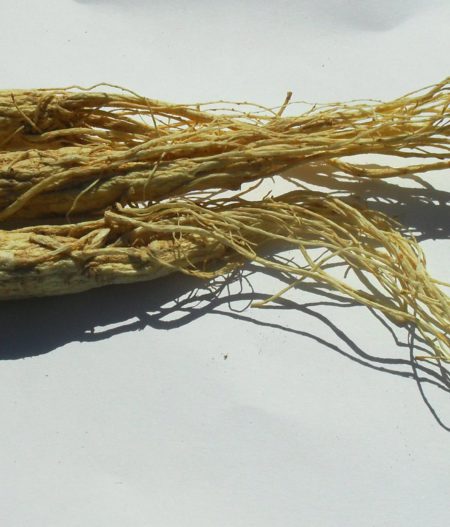
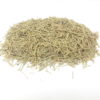
Recensioni
Ancora non ci sono recensioni.